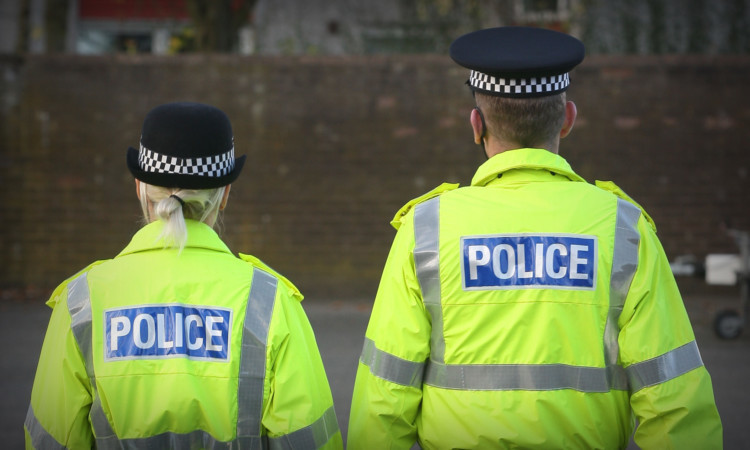Fife’s most senior police officer has rejected claims that the police have become “alienated” from communities in Fife because of a move away from officers attending community council meetings.
Growing concern about police engagement with communities in Fife has prompted Mid Scotland and Fife MSP Willie Rennie and the leader of the Liberal Democrat group on Fife Council, Councillor Tim Brett, to raise the matter with the chief constable of Police Scotland.
They have written to Sir Stephen House appealing for “the return of greater engagement and cooperation with local communities across Fife.”
The Liberal Democrats said local police representatives used to regularly attend community council meetingsto give updates, but this has “fallen away” in recent years in favour of separate community engagement meetings.
This week The Courier reported that several community councils in Fife feel Police Scotland is failing to communicate with community councils in spite of alternative community engagement meetings.
Complaints were made that the move to a new single Scottish police force has seen levels of engagement drop significantly.
But Chief Superintendent Garry McEwan, local policing commander for Fife, said community engagement has been the “cornerstone” of local policing in Fife for some time, and this ethos has not changed.
Noting that the Fife Community Engagement Model was introduced in 2008, he said: “Because of its central importance, community engagement is, and will continue to be a critical component of local policing within Fife.
“By way of illustration, in the last three months there have been 98 specific community engagement meetings in Fife.”
The Chief Superintendent also said this method of direct engagement has received critical acclaim, winning a National Policing Award and Fife Partnership Oriented Policing award.
It has also received international recognition at a conference in Finland, where the Fife model was considered to be a positive, innovative and creative methodology of working together with the public and enabling the local community to have a voice.
He added: “However, far from resting on our laurels, Fife Division has been working to evolve this process further, through the development of an Enhanced Partnership Community Engagement process.
“This has been piloted in recent months in Glenrothes and is presently subject to an independent evaluation, the outcome of which will be reported to the Fife Safer Communities Committee.
“I am surprised to learn neither Mr Rennie, MSP, nor Councillor Brett are aware of the ongoing evaluation and would encourage them to submit their views to the independent team.
“It is only by listening to the experiences of, and suggestions made by, those who reside in our communities that the police can identify concerns and develop appropriate solutions to meet local need and expectations.
“The significance of this public-police partnership is evidenced throughout Fife. For example, the 23 Fife Multi Member Ward Plans are compiled following extensive local community engagement and public perception and quality of service surveys are carried out on an ongoing basis.”
